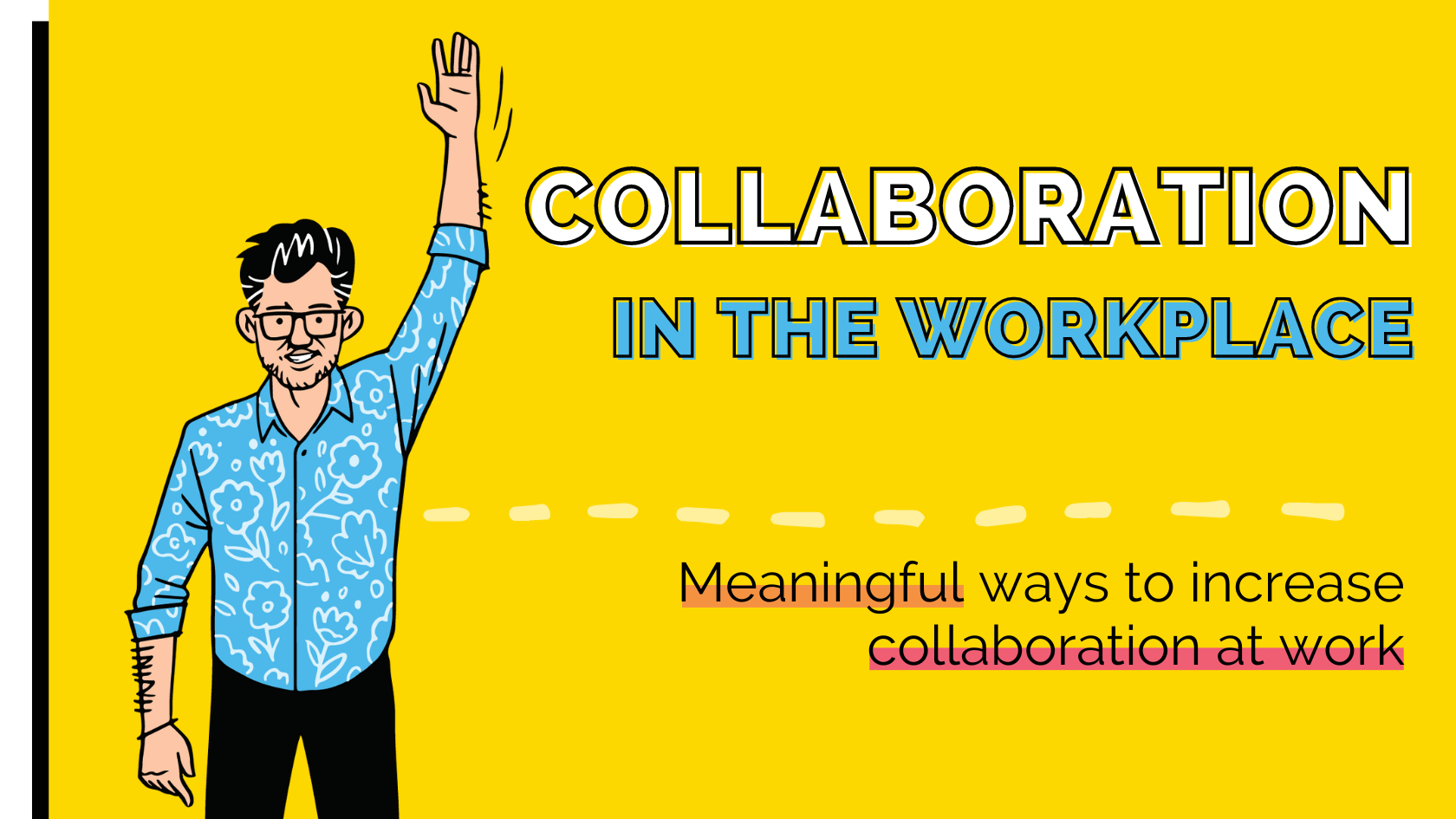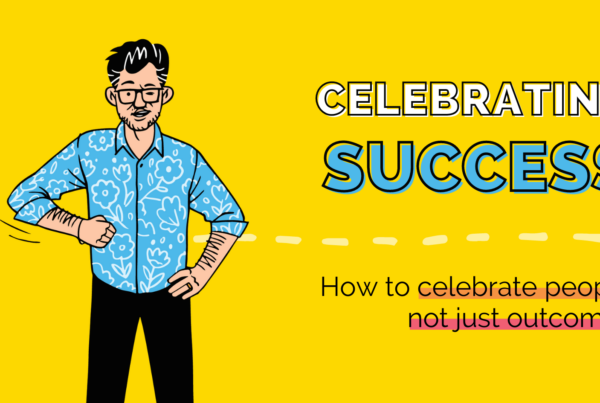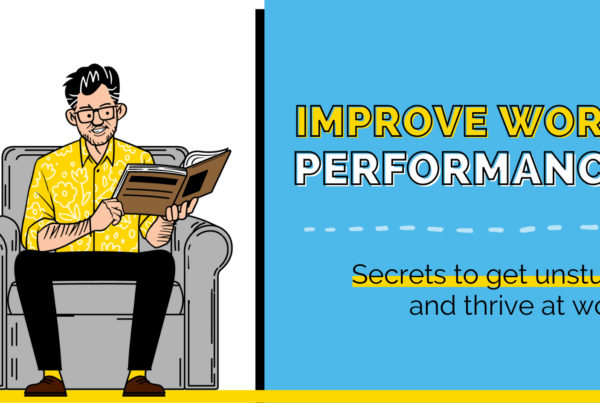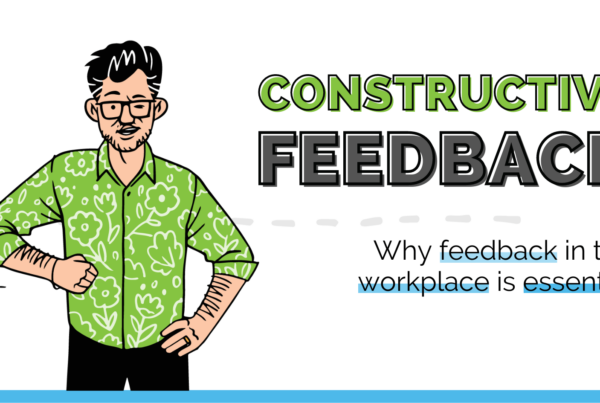
Take yourself back to a moment when you were working on a project where you worked alongside great people. Perhaps it was something to do with work, perhaps you were volunteering, or perhaps it was something social.
It was delightful, wasn’t it?
I’m guessing you felt bolder and braver. You brought your genius to the table. You felt the human connection, you felt seen and encouraged. You took more risks and navigated both success and failure.
Now, flick the switch and think about a time when you didn’t gel with your collaborators. You know the types – the fussy client, the micromanaging boss, the awful team-mate. The whole experience was disheartening. You felt distrusted and let down. You opted out. You shrunk, you felt diminished. Maybe, you even quit.
You can spend all the time in the world learning how to do the work better, to be more productive, be more strategic, and be more efficient; but if your working relationships are suboptimal, all that learning will only take you so far.
Work, after all, happens through people. So, if you want to do great work, you need to get great at collaborating with others.
Why? Because when you do, you’ll unleash a whole host of benefits.
The Greatest Answers Come From the Greatest Questions
Become a better leader. Better teacher. Better person.
Learn how to ask the right questions the right way with this free download.
Eight Ways to Ask a Question Well
The Hidden Benefits of Collaboration
On the surface, it makes sense that collaboration is important for getting work done. But there’s actually a whole host of other, incredibly beneficial side-effects of effective workplace collaboration. These include:
1. Unlocking Each Other’s Greatness
When you commit to intentionally managing the way you collaborate with others, magic starts to happen.
Instead of focusing on just getting stuff done, you start to see the people behind the task – the fully messy, complex, beautiful human beings you’re working with.
This is vital because, when you make people feel seen, heard, and understood, they are more likely to feel motivated, share their best ideas, and listen to yours in return.
2. Working Less Hard and Having More Impact
Research shows that career success isn’t just defined by your own work performance, it’s also influenced by how well you work with others.
When you collaborate well and pool your ideas and expertise, you open up the possibility of doubling – maybe even tripling – your impact, because you get to share credit with your cohort for what you achieve together.
If you’re smart, you’ll also use collaboration as a way to work a little less hard. We all have parts of our jobs that we excel and, frankly, suck at. When you collaborate thoughtfully, you can play to everybody’s strengths and ensure the right tasks land with the right people.
3. Rediscovering Your Zest
I know it’s an overused saying, but people really are the beating heart of any organization. If you don’t get along with your coworkers or feel misunderstood by your boss, you’re going to lose the zest and the juice you once had for work.
Committing to intentionally managing how you work with others can be a powerful remedy for this.
By taking responsibility for the health of your working relationships and proactively putting energy into caring for them, you’re going to connect with the people you work with on a deeper level and, in turn, find more love, joy, and fulfillment in the work you do.
4. Being More Successful
If you want to get promoted, become a manager, or sharpen your leadership skills, learning how to collaborate is pivotal.
As research from Harvard Business Review shows, great leaders are usually collaborative leaders – they actively seek out the perspectives, opinions, and ideas of the people around them, regardless of rank.
This approach is wonderfully beneficial for improving team morale and boosting innovation.
When people feel encouraged and safe to share their thoughts and ideas, they feel more connected, engaged, and motivated.
5. Learning More
I love working with great collaborators. It raises my game and helps me think bigger, and I like to think it gives the people around me a boost as well.
Stepping outside your own mental box and inviting insights and ideas from others is always rewarding, and makes for a much more enjoyable experience than trying to achieve everything alone.
6. Communicating Better
People tend to put collaboration and communication into the same bucket, but I beg to differ.
You can communicate with someone else without collaborating. But you can’t collaborate with someone else without communicating.
And the effects of bad communication can be devastating.
Research shows that poor communication negatively impacts workplace trust, job satisfaction, and employee retention.
Thoughtful collaboration is the antidote to workplace miscommunication blunders. By carving out time to talk about how you work together, you can bridge the gap of disconnection and learn how to communicate better.
8 Easy Ways to Increase Collaboration Between Team Members
Even though effective collaboration is vital to success and fulfillment, most people approach their working relationships with a mindset of, “I’ll just cross my fingers and hope for the best.”
But the truth is, a great collaboration doesn’t happen by accident – it takes time and a little effort.
Here’s how to get started:
1. Establish How to Work Before You Begin
At the start of a new project, we’re kind of programmed to dive straight into the stuff that needs to get done. It’s there. It’s urgent. It’s bright and important and critical. But we forget that work happens through people, and every person has their unique working styles and preferences.
So, if you want to start your next project on the front foot – or bring more zest and empathy into your current one – the biggest of all things you can do is to be the person brave enough to say: “Let’s have a conversation about how we work together.”
I call this conversation the Keystone Conversation, and it’s the central idea in my latest book, How To Work With (Almost) Anyone.
With this discussion, you and the other person discuss five questions to learn more about each other and how to collaborate effectively.
Make no mistake, the first Keystone Conversations will feel uncomfortable, unusual, and vulnerable. Committing to collaborating well and building thriving workplace relationships is often a counter-cultural act in many organizations.
Feeling awkward is normal, not some failure of you or them or the process. You’re co-creating something radical and rare. You’re figuring out a new way of working together and shaping a different future. You’re shifting the foundations of what a great collaboration means.
2. Create Relationships That Are Safe, Vital, and Repairable
So, you’ve had the Keystone Conversation and you’re committed to making this working relationship bigger, better, and bolder than it was before.
To keep things on track, the next step is to embody this mantra: “I will create workplace relationships that are safe, vital, and repairable.”
By safe, I’m taking a leaf from Amy Edmondson, who popularized the concept of psychological safety. When a connection is safe, you and the other person have permission to be vulnerable and express thoughts that might feel risky, knowing that judgment has no seat at the table.
Then there’s a vitality, which is kind of in tension with safety. Vitality is all about challenging each other and stepping out to the edge of your comfort zone. You need to delicately balance safety and vitality. Make your relationship too safe, and it will lose its spark. Push each other too much, and the relationship can feel brittle and dangerous.
Lastly, there’s repairability – staying committed to repair when the relationship inevitably gets dented and cracked. Repairability is all about learning from mistakes, bouncing back from failure, and making your relationship even stronger as a result.
3. Put the Spotlight on Great Work
Collaborative working isn’t all that useful if you and your teammates are stuck doing work that doesn’t matter. You want to work on the juicy stuff, the work that has impact and meaning. You want to collaborate on great work.
Great work is a little different from your job description (I call that good work). It combines making a difference and lighting you up. It’s thrilling, it’s scary and it’s often at the edge of who you are.
For a collaboration to zing and shine, you’re going to want to strike the balance between good work and great work.
To do this, take a step back and cast your gaze over the bigger picture. What’s going to make the most difference? What can’t be ignored? What will stretch and inspire your team?
4. Practice Fierce Love
When I think about nurturing a great collaborative relationship, I think of “fierce love”.
“Love” because I want to always remember the person behind the work – who they are now and who they are becoming, and be a champion for that.
“Fierce” because there’s no room for timidity or playing small. I want to fiercely celebrate, challenge, embrace, encourage, and provoke the people I work with.
It’s about being present and seeing the other person, and being seen in return.
It’s what Martin Buber calls I/Thou relationships. He describes them as, “mutuality, directness, presentness, intensity, and ineffability … a bold leap into the experience of the other while simultaneously being transparent, present, and accessible.”
If you can channel I/Thou and be generous with fierce love, you’re going to radiate warmth, optimism, and humility – and people will want to work with you and do their best as a result.
5. Be Generous With Praise
Throughout a multi-year study, Teresa Amabile and her team found that employees feel most motivated, positive, and inspired when they make consistent, small wins on work that matters to them.
She called this finding “The Progress Principle” (and wrote a book about it that I highly recommend) and it’s a powerful way to maintain project momentum and engagement.
If you can help the people around you make progress, notice this progress, and celebrate the little wins along the way, you’re going to boost motivation, enhance performance, and make the process of working together more enjoyable.
Of course, how you celebrate depends on the person. If you’ve heard of the Five Love Languages, you’ll know that each of us likes to give and receive love in one or two of several different ways.
This means it’s important to personalize the way you recognize other people’s accomplishments. Some people might want all the bells and whistles while, for others, a private Slack message or email will light them up.
6. Ask Your Team, Don’t Advise
Most of us have had a whole lot of practice being rewarded, encouraged, promoted, and paid to be advice-givers. There is a way that most organizational life is framed into answers and actions.
Unfortunately, this pesky habit isn’t great for workplace collaboration. The trouble is, when we jump in with advice, we (often unintentionally) “one down” the other person and put ourselves “one up”.
In doing so, you unintentionally categorize yourself as the smart one and the person in control. The other person might feel like you’ve taken over, despite your good intentions, or they might feel that your advice is unhelpful. Neither option is good for effective collaboration.
The best way to break the habit of advice-giving is to be “often curious”, as my friend Shannon Minifie, the CEO of Box of Crayons, puts it. Typically, when we channel curiosity, we’re focused on closing our knowledge gaps, asking questions like “How do I get from here to here?” or “What’s the answer to that?”
But “often curiosity” is all about leveling the playing field – seeking to understand the other person’s perspective and helping them generate their ideas.
Here are some of my favorite questions to be “often curious” from The Coaching Habit:
- What is on your mind?
- What is the real challenge here for you?
- If you’re saying yes to this, what must you say no to?
7. (Really) Listen Actively
Ok, so you asked a question, and then…Silence.
Queue your inner monologue saying, “Oh no, I’ve put them on the spot and they don’t know what to say! This is so awkward.”
Actually, what’s probably happening is that they’re processing the question and having a think – and they’ll appreciate you giving them the gift of silence.
When they do answer, show them that you care about their thoughts and ideas, and are invested in the relationship, by dropping in words of encouragement and being mindful of your body language.
Small phrases like “I see” and “right” signal to the other person that they’ve got your attention and that you’re listening to what they’re saying – another way to “one up” them.
Also, keep aware of your nonverbal cues – make eye contact, nod your head in agreement, and rest your hands at the navel level. As my friend Mark Bowden – an expert in nonverbal communication – discovered, this magic trio does wonders for sending a subconscious message of trust.
8. Increase the TERA Quotient
Collaboration can only really happen if everyone involved feels safe to share their thoughts and ideas. You want your teammates to stand with you rather than stand across from you.
This is where the neuroscience of engagement comes in. Four primary drivers influence any situation. We call this TERA, or, tribe, expectation, rank, and autonomy.
When you focus on TERA, you are thinking about how you can engage with others in a way that increases the sense of tribe-ness and empowers the people around you to bring their best selves to work.
It sounds complex, but it’s pretty straightforward. Thoughtful actions like staying curious and slowing down the rush to give advice, assuming positive intent in the people around you, and practicing fierce love all do wonders to increase the TERA quotient.
Start Building the Best Possible Working Relationships Today
Most of us leave the health and fate of our working relationships to chance. But the truth is, every collaboration can be better and brighter.
This is me challenging you to be the person courageous enough to proactively manage the health of your working relationships.
Want a helping hand?
My new book How to Work With (Almost) Anyone is practical enough to change the way you work with people. It’s short enough to finish. And it’s funny enough (I hope) to keep you entertained.




